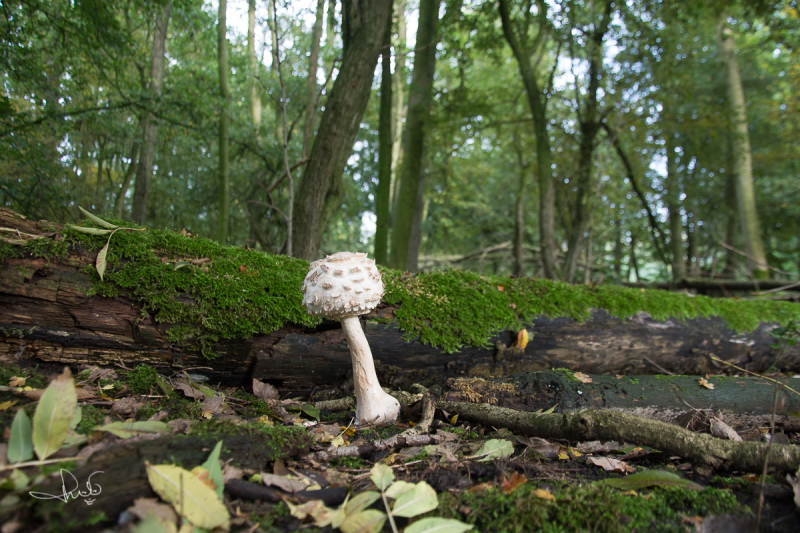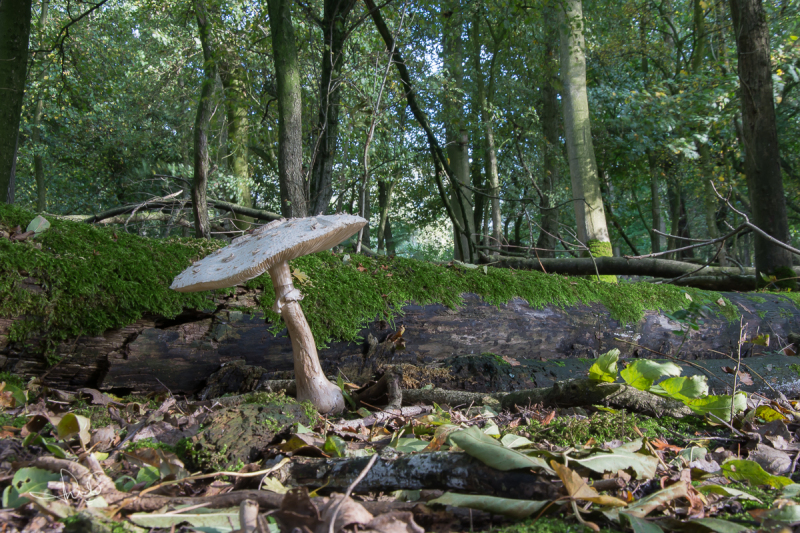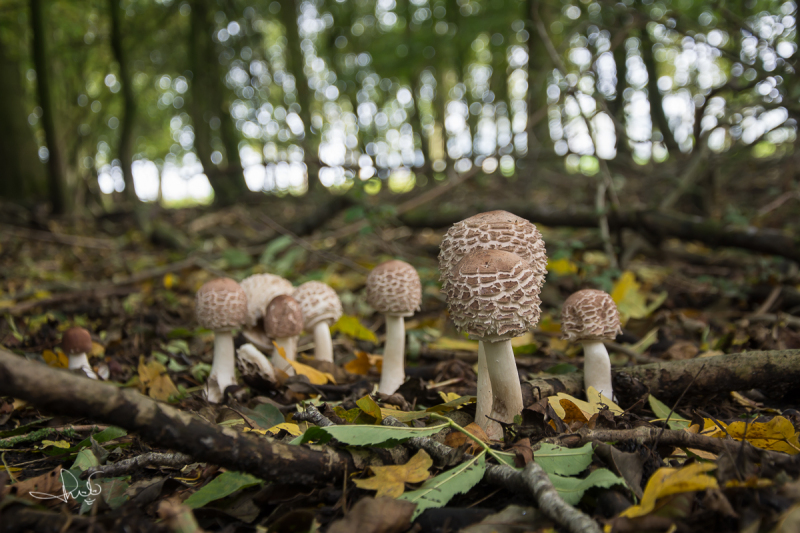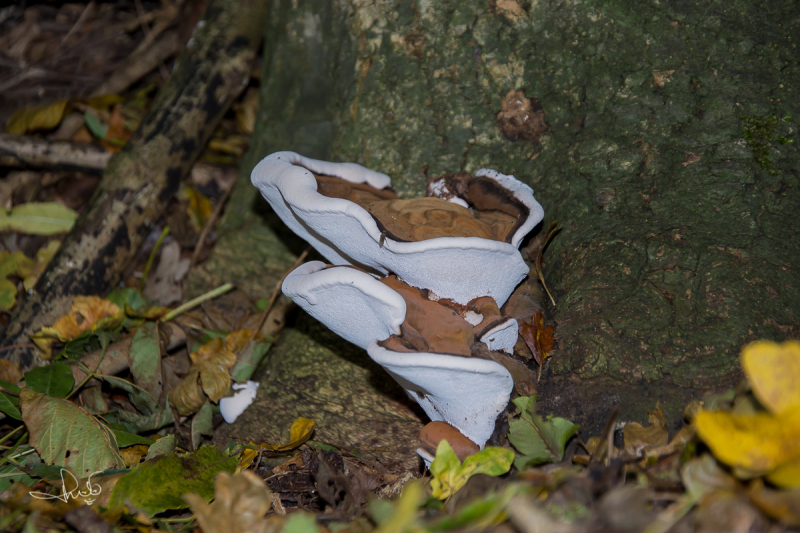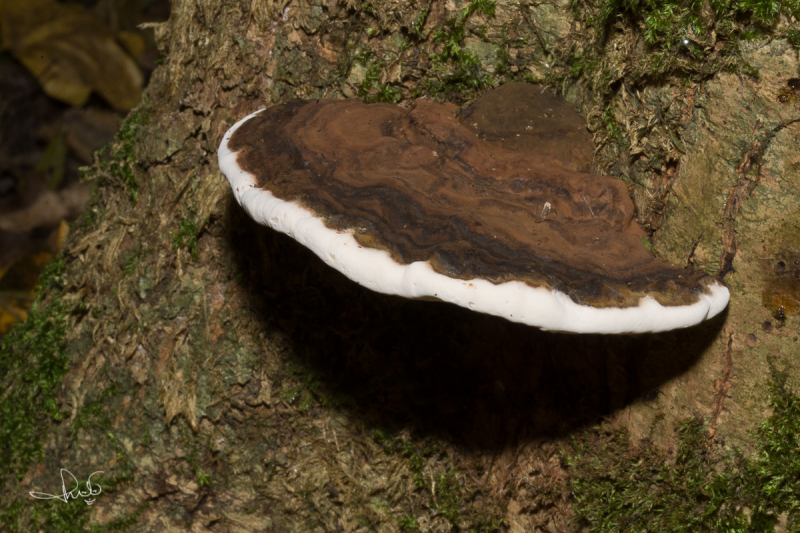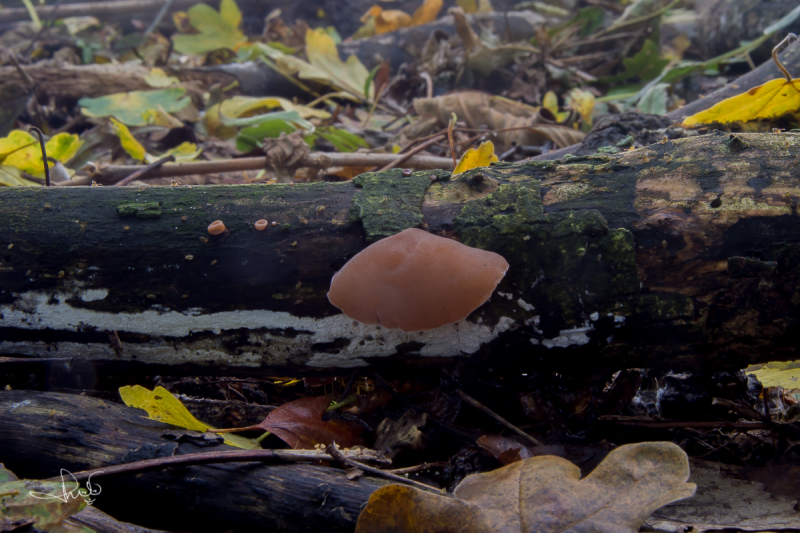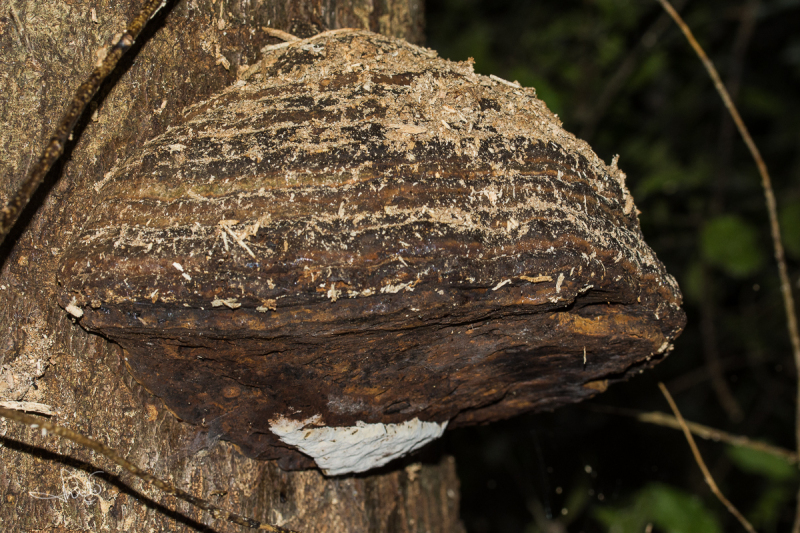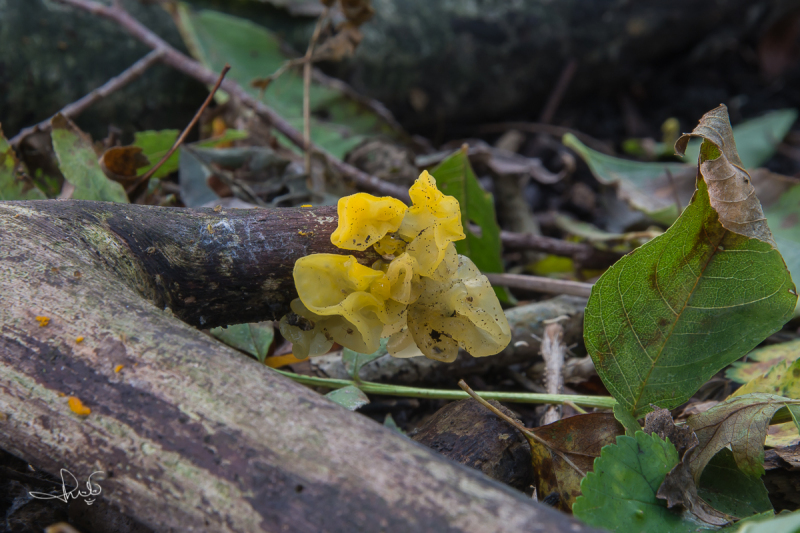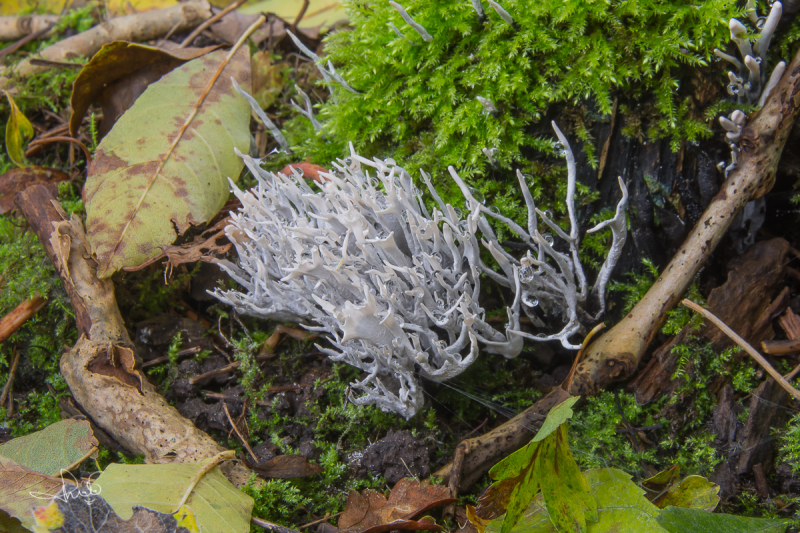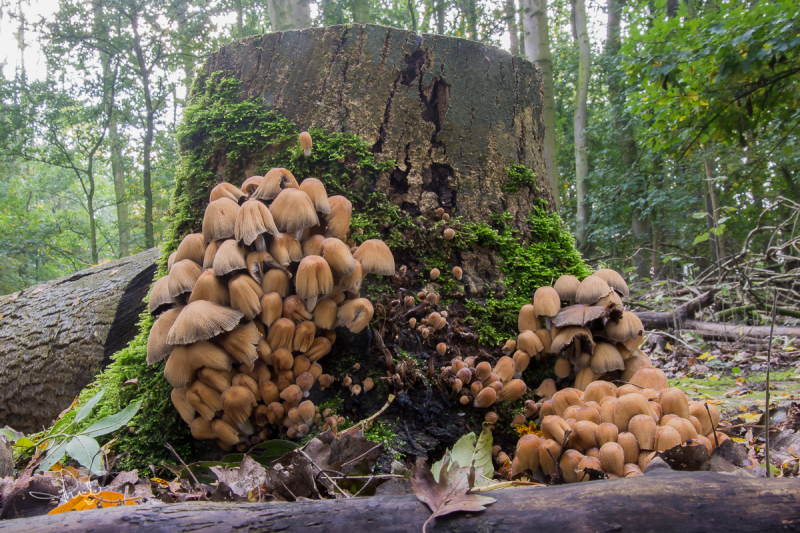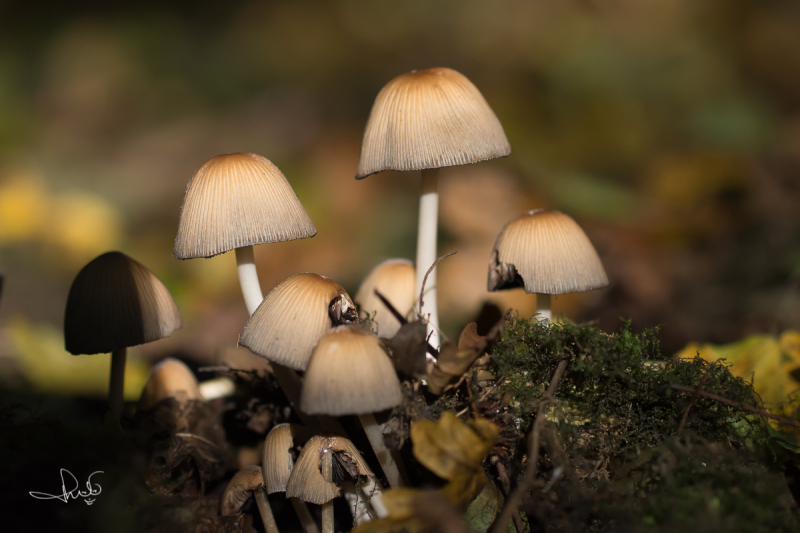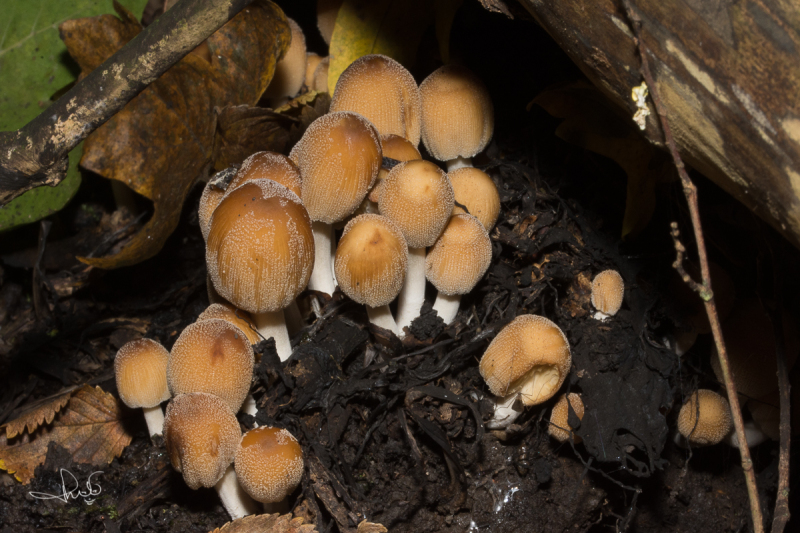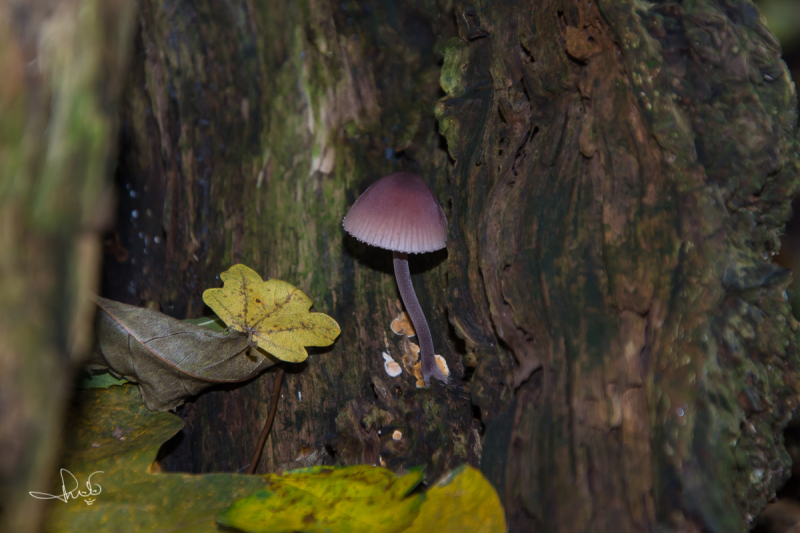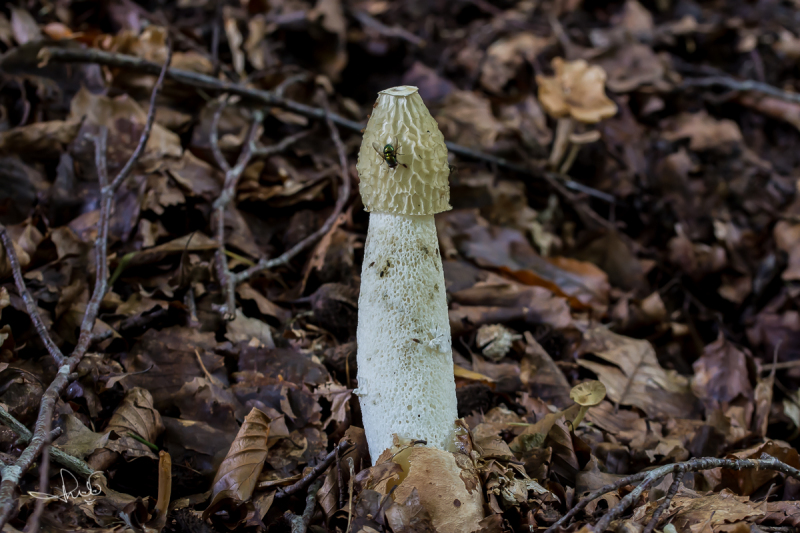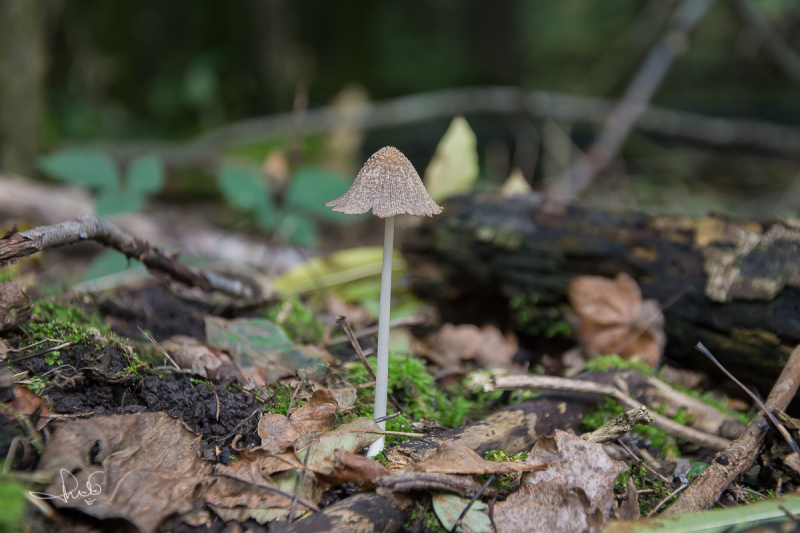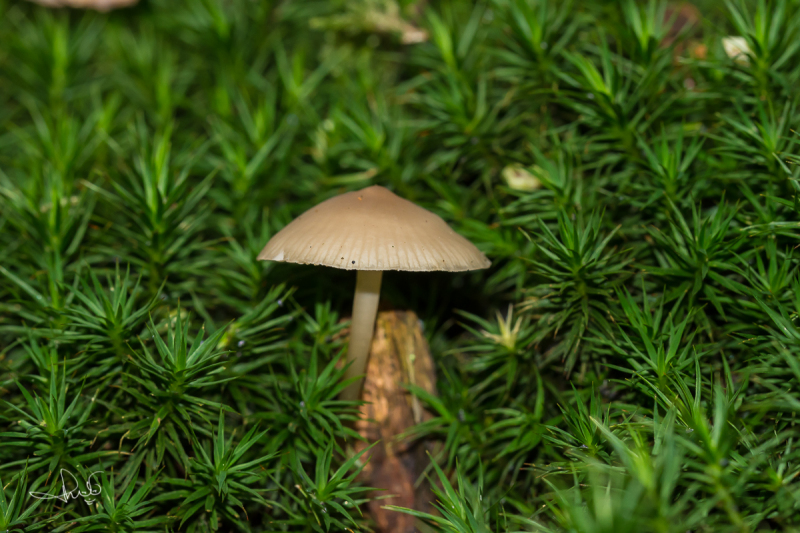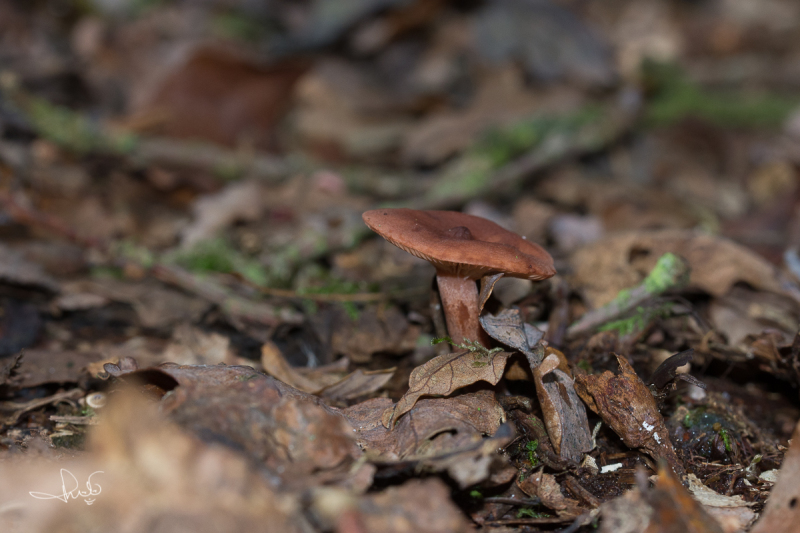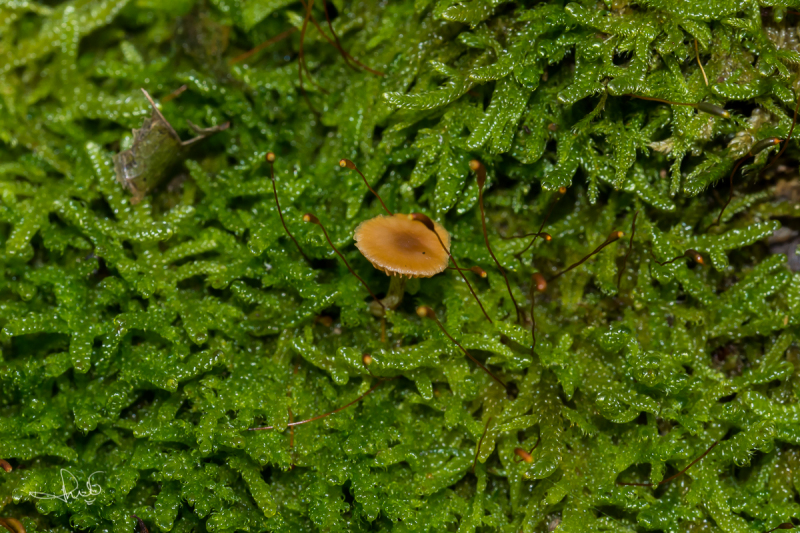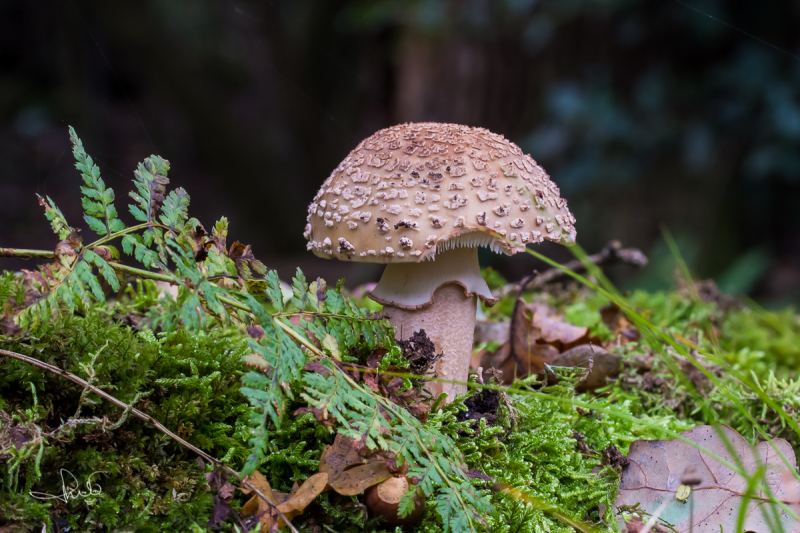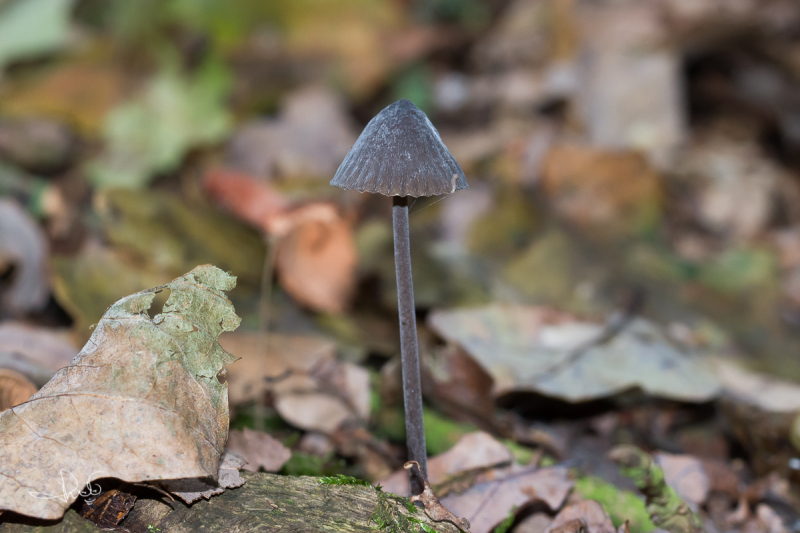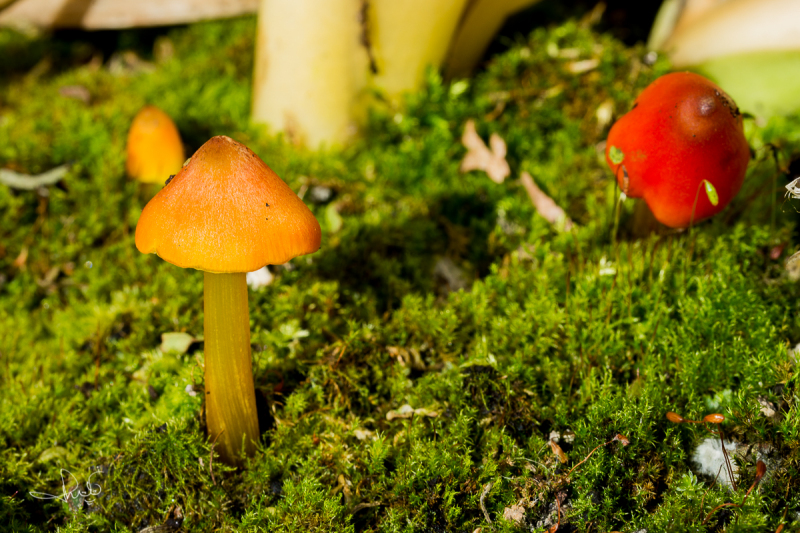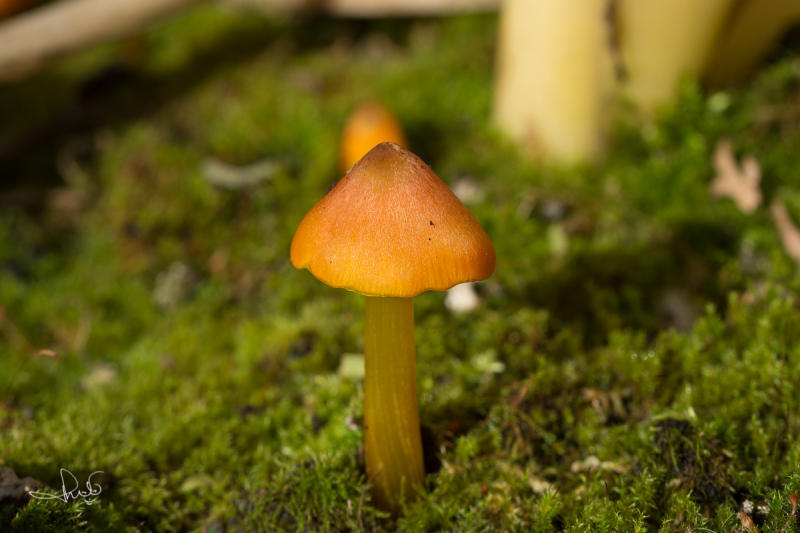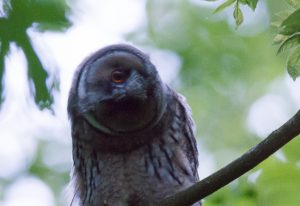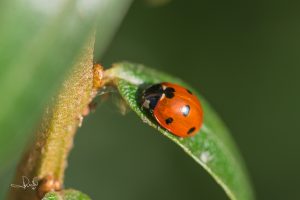Autumn is mushroom season. If you go for a strawl through the forest or park at this time of year you’ll be greeted by mushrooms. However, you can’t only find mushrooms in autumn. Even in winter you can find them, for example the wood-decay fungi or xylophagous fungus, like the tinder fungus (Fomes fomentarius). But most mushrooms can be find in autumn, that’s true. So let’s just say that autumn is the mushroom season. Sometimes you may see mushrooms referred to as fungi.. A mushroom or toadstool is the fruiting body, the reproductive organ, of a fungus with the well-known shape with a cap and stem. But there are also plenty of fungi that do not have such a clear fruiting body or that produce fruiting bodies that do not look like your classic mushroom. The term toadstool generally denotes a mushroom that is poisonous to humans.
Moisture and warmth
One of the reasons that mushrooms thrive best in autumn is the combination of a reasonably warm soil, a pleasant temperature, and high moisture levels in both the soil and air. These elements ensure that mushrooms literally shoot out of the ground in autumn. After all, that is where it all starts, in the soil with a fungus. Just like the fungus that – whether intentionally or not – appears on cheese. Only those are fungi that do not form your typical mushrooms but produce much smaller fruiting bodies. Mushrooms produce spores, these are as it were, the ‘seeds’ of the fungus.
Spreading spores
The spores have to be spread somehow. Unlike seeds, they are microscopically small and can therefore easily be transported by the wind. During biology lessons in your youth, you probably heard of gill and tube fungi. In one, the spores are on gills on the underside of the cap. The other has tubes on the underside where the spores are located. Due to the large surface area of the gills and tubes, millions of spores can be on and in them. Something that would never happen with a smooth underside of the cap. The spores come loose from the gills and tubes when they are ripe and are spread by the wind. There are also mushrooms where the spores are formed on the inside, for example the puffballs. The spores are released when the puffball burst open. The well-known ink caps have another way of spreading their spores. The “ink” that you see when the mushroom is ripe and drips down is nothing more than a kind of porridge full of spores. They are therefore not spread very far. And then there are also species that depend on animals to spread their spores, like the stinkhorns. They smell so strongly of dead animals that (carrion) flies are attracted to them. The sticky spore mass then sticks to their legs and is thus spread by the unsuspecting fly. And there are many more methods fungi have evolved to spread their spores.
Win-win situation
Just as not every seed from a plant or tree grows into a new specimen, the same goes for spores. The location must be favourable for development to occur. It is also important which type of fungus we are dealing with. There are three different types that can be distinguished, which in scientific terms are called parasites, saprophytes and mutualistic symbionts. To start with the last one, these are fungi that live in a mutualistic symbiosis with a plant. They help each other, as it were. The fungus ensures that the plant or tree can absorb water and nutrients more easily and the plant supplies sugars to the fungus, so that it can continue to grow. The plant or tree does not suffer from this in the slightest; in fact, it only benefits from it. A real win-win situation. Incidentally, if the fungus dies, for example due to soil contamination, the tree will eventually also perish. The dependency between tree and fungus is therefore enormous. A few well-known combinations of trees and mushrooms that live in symbiosis are for example the birch (Betula spp.) and the fly agaric (Amanita muscaria) and the oak (Quercus spp.) with the chanterelle (Cantharellus spp.). You will therefore often find these mushrooms in the vicinity of these tree species.
Fatal for ash trees
There are also fungi that are rather selfish and only ‘think’ of their own interests. These are the so-called parasites. They take, but do not give. In fact, they demand so much from the plant or tree that it eventually becomes ill and often dies. Ash dieback is a striking example of this. It is a tree disease caused by a fungus called Hymenoscyphus fraxineus. This fungus infects the ash tree (Fraxinus excelsior) via the leaf and then attacks the bark, disrupting the sap flow of the tree. This can be seen in the withering of the leaves and the death of twigs and branches. It is also common for branches (even very thick ones) to break off spontaneously. As if that were not bad enough for the ash tree, it can also be threatened by the honey fungus (Armillaria mellea). Honey fungus mainly targets already weakened trees and attacks the root system. Such that these also die and break spontaneously. The tree can then fall over at the slightest provocation. Other examples of parasitic fungi are the previously mentioned tinder fungus and the birch polypore (Fomitopsis betulina).
Dead wood brings life
The third group, the saprophytes, are the cleaners among the fungi. They grow in dead organic material, such as dead trees. With the help of enzymes they are able to break down the wood and the substances that are released are converted by bacteria into nutrients for trees and plants. They are an important part of the ecological cycle. The fungal threads of these mushrooms are not in the ground, but grow in the fallen trees. Many of these fungi also form fruiting bodies, which are mostly visible in the autumn. Well-known species are, for example, the Turkey tail (Trametes versicolor) and the sulphur tuft (Hypholoma fasciculare).
Dancing elves
The underground fungal threads, scientifically called mycelium, are sometimes visible when you dig up a piece of the upper soil layers in a forest. The fungal threads are often white, but they can also have other colours. Most fungi form a mushroom at the ends of the fungal floc. The reason for this is that most of the nutrients for the mycelium are located at the end, the most favourable place to form a fruiting body. Because a mycelium generally grows in all directions at the same time from the germinated spore, it will often have a circular shape. When the mushrooms then emerge above ground at the end, they are placed in a beautiful circle. And that is how a fairy ring is created. So that has nothing to do with dancing elves or witches. Incidentally, such a fairy ring can have considerable dimensions. The oldest one that has been discovered is 700 years old. It is only visible from the air and has a respectable diameter of 1 kilometre.
Largest living organism in the world
And mushrooms are also record holders in another aspect. It’s not the blue whale (Balaenoptera musculus) with a weight of up to 170 tons (170 thousand kilograms) that has the honorary title of heaviest living organism. That honour also belongs to a fungus! In the Malheur National Forest in the state of Oregon (USA), a mycelium of a fungus called Armillaria ostoyae has been discovered with a surface area of no less than 9.6 square kilometers. By means of DNA research of hundreds of samples of the mycelium, it has been possible to show that this is one and the same organism. Incidentally, this mycelium has an estimated weight of between 7,000 and 35,000 tons. That’s up to 35 million kilograms! This fungus also has a respectable age, estimated at around 2,400 years, but it might even be 8,000 years old! However, when it comes to the largest surface area of a living organism, this enormous fungus must compete with a specimen of fibre-ball weed or ribbon weed (Posidonia australis) in Shark Bay, Western Australia, which covers a whopping 200 square kilometers!
Sources and more infomation:
This blog was originally published in Dutch on November 11th 2019




